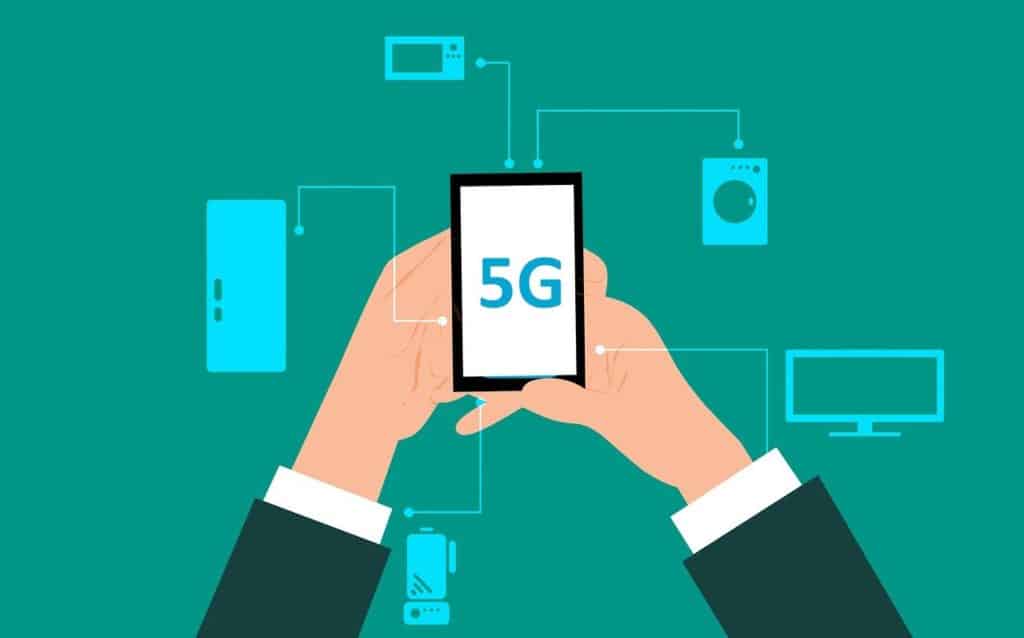Maybe you have recently seen commercials from the cellular carriers touting their new home internet, or better coverage in rural America. There indeed has been talk of a massive broadband expansion into underserved areas of the country that are always outside of the urban and exurban parts of the nation. Afterall, the infrastructure bill that was passed last year for over $1 trillion included up to $65 billion alone for this massive nationwide program.
In 2009, the Obama administration earmarked $50 billion for this very same project with some results, but almost 14 years later we still have over 42 million Americans without high speed internet access to their homes or place of business. There is no doubt that some of those very underserved areas will get fiber optic right to the home, but how feasible is it to think that a lot of rural American properties would in reality be able to have trenching or boring done to run a fiber optic line right to their home? Not likely ever. That’s why Infinite LTE Data has developed a remote internet solution.

Then there is the deployment of 5G cellular into rural America. Well, let’s examine how 5G is deployed in urban and exurban areas right now in early 2023. 5G is deployed using the combination of a wireless backhaul through a fiber optics cable that is run up the cellular tower. Then the millimeter waves connect the end user to the 5G antenna through either low, medium or high band frequencies. The issue is that these waves cannot travel far enough from these towers with 5G deployment to reach out into these specifically underserved areas.
In order to bring true low band 5G deployment, like they have in urban metros, it would take the same buildout that they have in cities with running fiber optics up each cellular tower and using the backhaul into these areas. The only problems are that rural American dwellings are not situated in nearly the same format that urban dwellings are, plus there is a much smaller target of consumers to reach as there is with urban 5G deployment.
Sure, the FCC could earmark funds for a very slow deployment into these tricky areas, but for how long? Or, do the carriers charge more money to rural consumers after build out than they do with urban consumers for 5G
service? Somebody has to pay, and the carriers aren’t going into the red for 5G deployment
or continuous distribution. That’s for certain.
Do You Need Home Internet That Is Reliable In Rural/Remote Locations?
